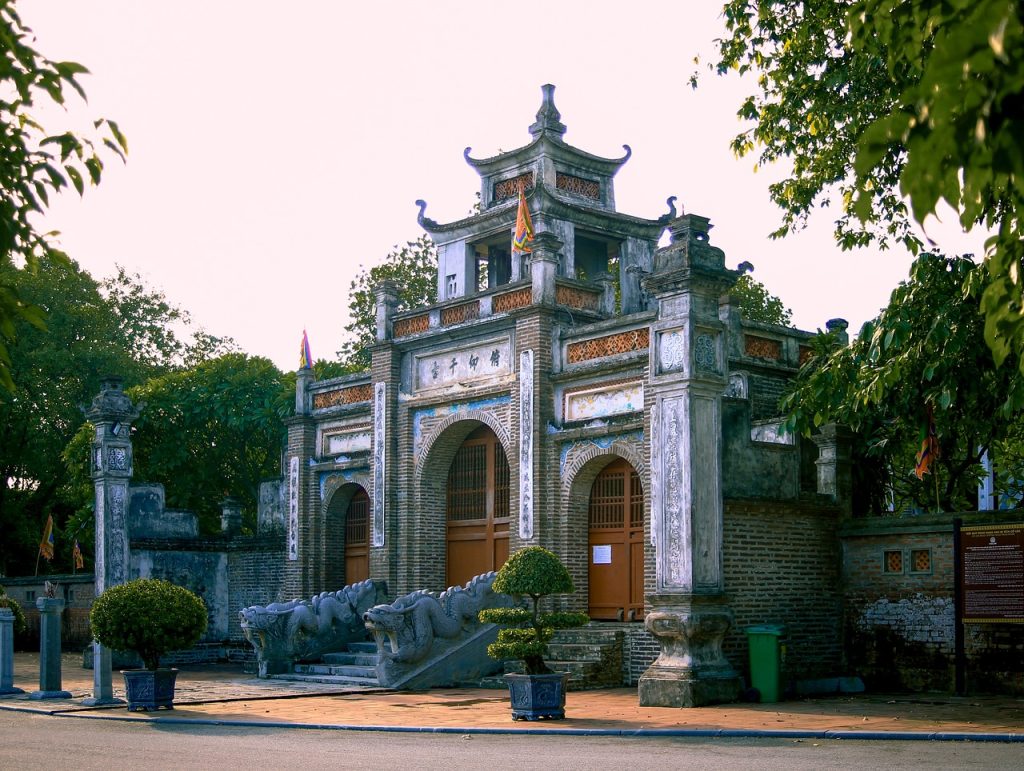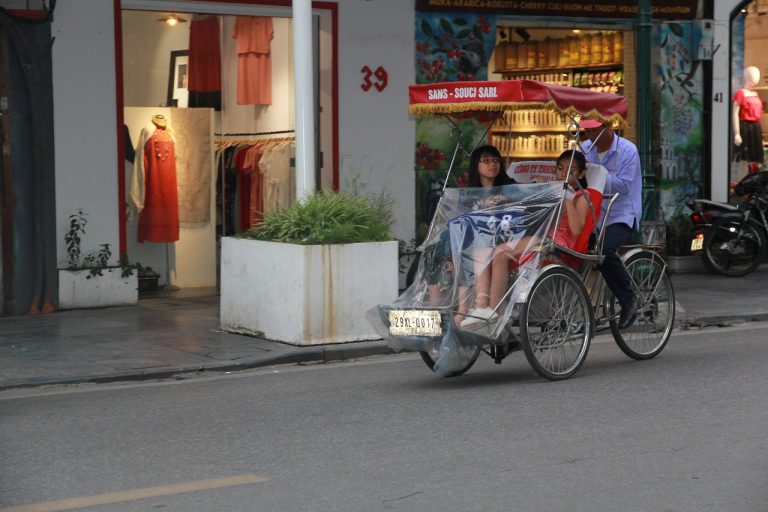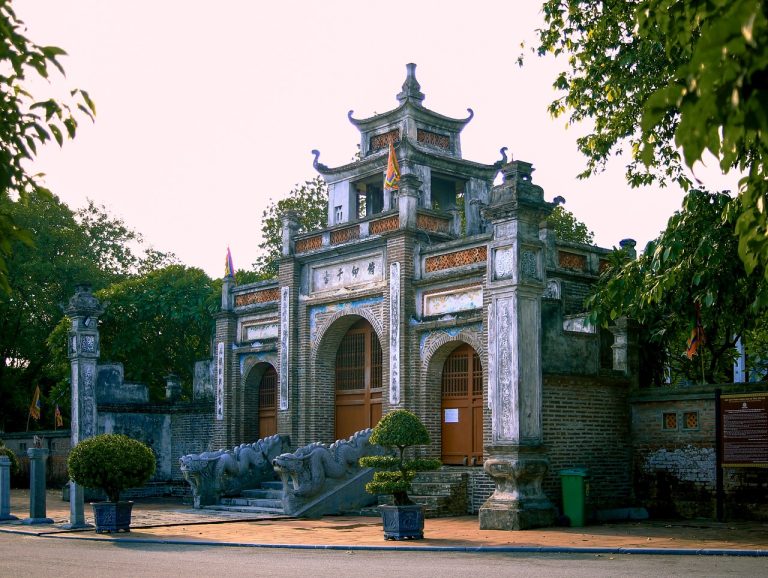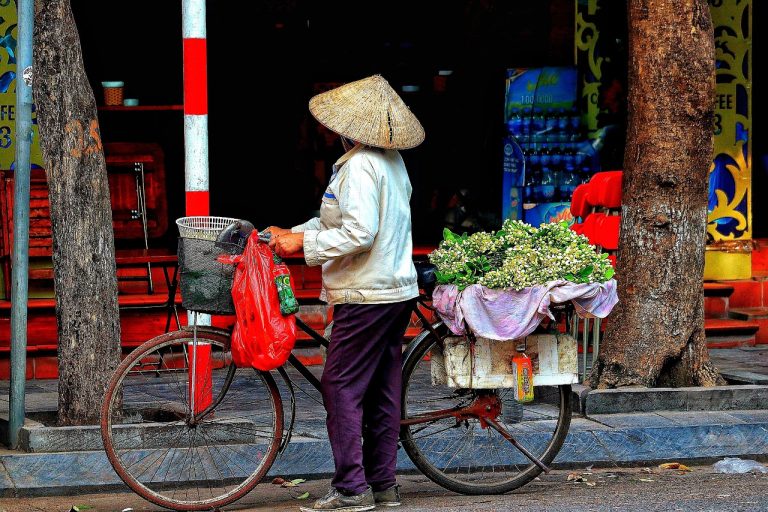Hanoi Vietnam Video
Hoan Kiem Lake
One of the most iconic attractions in Hanoi is Hoan Kiem Lake. Located in the heart of the city, this picturesque lake offers a serene escape from the bustling streets. The name Hoan Kiem translates to “Lake of the Returned Sword” and is derived from a legend about a magical sword and a giant turtle.
- Ngoc Son Temple: Situated on a small island in the lake, Ngoc Son Temple is a popular religious site. Visitors can cross the bright red Huc Bridge to reach the temple and explore its beautiful architecture and cultural artifacts.
- Turtle Tower: Standing tall in the middle of the lake, Turtle Tower is another prominent feature of Hoan Kiem Lake. It is believed to be the resting place of the legendary turtle from the lake’s folklore.
- Thap Rua (Turtle Tower) Festival: Every year, a festival called Thap Rua is held at Hoan Kiem Lake to celebrate the legend of the turtle. The festival includes various cultural activities, performances, and a dragon boat race.
Keywords: Hoan Kiem Lake, Ngoc Son Temple, Turtle Tower, Thap Rua Festival
Hanoi Vietnam Image 1: 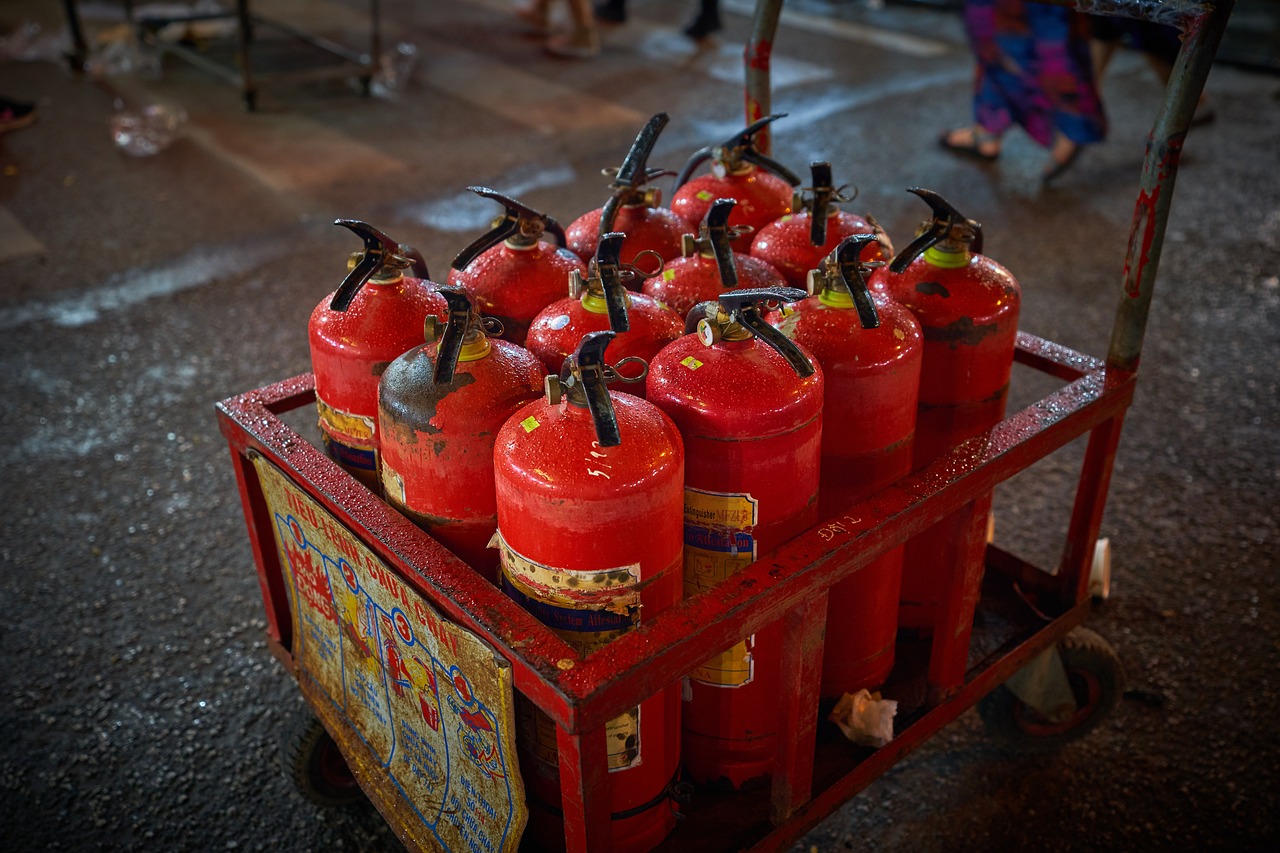
Temple of Literature
The Temple of Literature, also known as Van Mieu, is a significant historical and cultural site in Hanoi. Built in 1070, it was Vietnam’s first national university and is dedicated to Confucius, scholars, and sages. The temple complex showcases traditional Vietnamese architecture and provides insights into the country’s rich educational heritage.
- Well of Heavenly Clarity: The Well of Heavenly Clarity is a notable feature within the Temple of Literature. It was used for ritual purposes and symbolizes the pursuit of knowledge.
- Stelae of Doctors: The temple complex houses stone stelae mounted on the backs of turtles, which bear the names of successful candidates in the imperial examinations. These stelae represent the importance of education in Vietnamese society.
- Quoc Tu Giam: Adjacent to the Temple of Literature is Quoc Tu Giam, Vietnam’s first national university. It was established in 1076 and played a crucial role in shaping the country’s intellectual history.
Keywords: Temple of Literature, Van Mieu, Well of Heavenly Clarity, Stelae of Doctors, Quoc Tu Giam
Hanoi Old Quarter
The Hanoi Old Quarter is a vibrant and bustling area that showcases the city’s rich history and culture. This historic district is known for its narrow streets, French colonial architecture, traditional shops, and vibrant street markets. Exploring the Old Quarter is like taking a step back in time.
- Dong Xuan Market: The largest covered market in Hanoi, Dong Xuan Market offers a wide range of goods, including clothing, souvenirs, and local street food. It’s a must-visit for shopping enthusiasts.
- Street Food: The Old Quarter is renowned for its street food scene. Visitors can try local delicacies such as pho, banh mi, and bun cha from the numerous street vendors and small restaurants scattered throughout the area.
- Historical Architecture: Walking through the Old Quarter, you’ll encounter stunning examples of French colonial architecture. The buildings showcase a unique blend of Vietnamese and European influences.
Keywords: Hanoi Old Quarter, Dong Xuan Market, Street Food, Historical Architecture
Hanoi Vietnam Image 2: 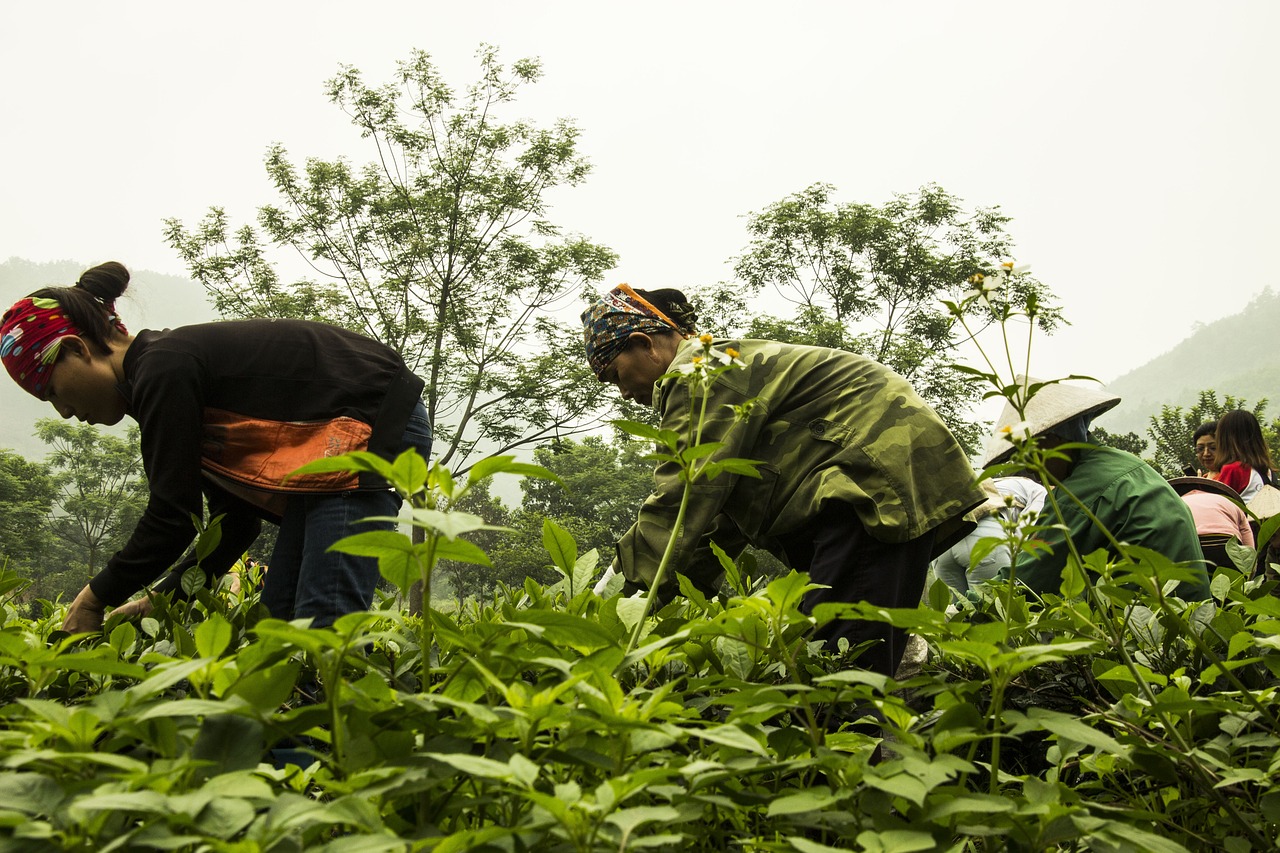
Ho Chi Minh Mausoleum
The Ho Chi Minh Mausoleum is a solemn and revered site in Hanoi. It is the final resting place of Ho Chi Minh, the revolutionary leader and the first President of Vietnam. The mausoleum is an important symbol of the country’s history and attracts visitors from around the world.
- Preservation of Ho Chi Minh’s Body: Ho Chi Minh’s embalmed body is preserved inside the mausoleum and is on display for public viewing. The preservation process is meticulously carried out by a team of experts.
- One Pillar Pagoda: Located near the mausoleum, the One Pillar Pagoda is a unique wooden structure built on a single stone pillar. It is considered a symbol of Hanoi and a must-see attraction for visitors.
- Ba Dinh Square: The mausoleum is situated in Ba Dinh Square, a historical and political center in Hanoi. This square is where Ho Chi Minh declared Vietnam’s independence in 1945.
Keywords: Ho Chi Minh Mausoleum, Ho Chi Minh’s Body, One Pillar Pagoda, Ba Dinh Square
West Lake
West Lake, also known as Tay Ho, is the largest freshwater lake in Hanoi. It offers a tranquil atmosphere and scenic views, making it a popular destination for both locals and tourists seeking relaxation and recreation.
- Tran Quoc Pagoda: Situated on a small island in West Lake, Tran Quoc Pagoda is the oldest Buddhist temple in Hanoi. The pagoda features beautiful architecture and serene surroundings.
- Water Sports: West Lake provides opportunities for various water sports, including kayaking and paddleboarding. Visitors can rent equipment and enjoy a leisurely day on the lake.
- Sunset Views: Watching the sunset over West Lake is a breathtaking experience. There are several lakeside cafes and restaurants where visitors can relax and enjoy the scenic beauty.
Keywords: West Lake, Tay Ho, Tran Quoc Pagoda, Water Sports, Sunset Views
Hanoi Vietnam Image 3: 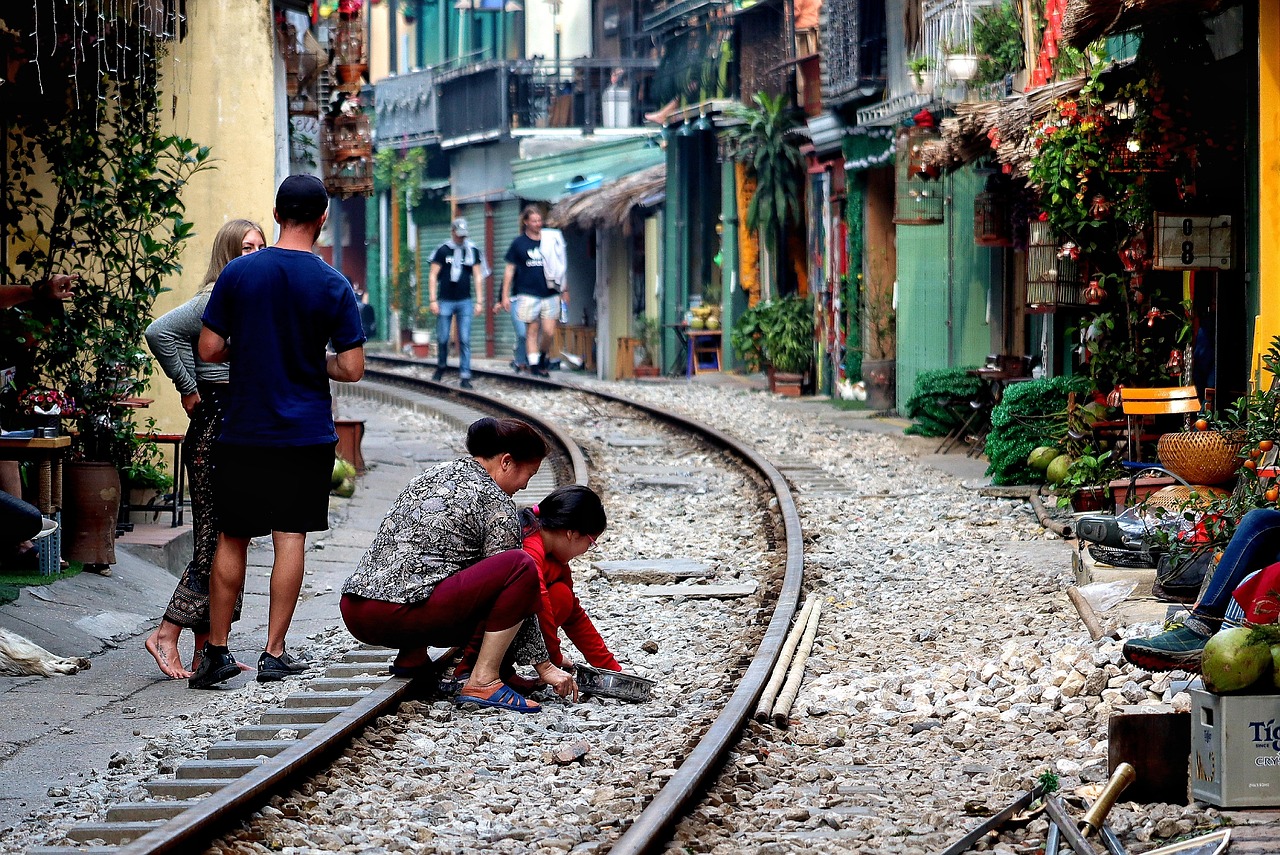
Hanoi Opera House
The Hanoi Opera House is a stunning architectural gem and a cultural landmark in the city. Built in the early 20th century, it showcases a blend of French colonial and Vietnamese architectural styles. The opera house hosts a variety of performances, including ballet, opera, and traditional Vietnamese music.
- Architectural Beauty: The Hanoi Opera House is renowned for its grandeur and intricate detailing. Its exterior features pillars, balconies, and a majestic staircase, while the interior boasts a magnificent auditorium adorned with chandeliers and velvet curtains.
- Performances: Attending a performance at the Hanoi Opera House is a must for art enthusiasts. The venue showcases both local and international talent, providing a platform for cultural exchange.
- Historical Significance: The opera house played a significant role in Vietnam’s history, serving as a meeting place for political events during the French colonial era and later becoming a symbol of national pride.
Keywords: Hanoi Opera House, Architectural Beauty, Performances, Historical Significance
Hoa Lo Prison
Hoa Lo Prison, also known as the “Hanoi Hilton,” is a historic site that serves as a reminder of Vietnam’s tumultuous past. Originally built by the French colonial government, it was later used to house American prisoners of war during the Vietnam War.
- Museum Exhibits: The prison now functions as a museum, displaying exhibits that document the harsh conditions endured by Vietnamese revolutionaries and the experiences of American prisoners of war.
- Historical Significance: Hoa Lo Prison is a significant historical site that sheds light on Vietnam’s struggle for independence and the impact of the Vietnam War. It offers a sobering perspective on the country’s past.
- Recreated Prison Cells: Visitors can explore the recreated prison cells to gain a better understanding of the living conditions endured by prisoners during different periods of the prison’s history.
Keywords: Hoa Lo Prison, Hanoi Hilton, Museum Exhibits, Historical Significance, Recreated Prison Cells
Vietnam Museum of Ethnology
The Vietnam Museum of Ethnology is dedicated to preserving and showcasing the diverse cultures of Vietnam’s ethnic groups. It provides valuable insights into the country’s rich cultural heritage and the traditions of its various communities.
- Exhibition Halls: The museum features extensive exhibition halls that display artifacts, traditional clothing, tools, and other items related to the different ethnic groups in Vietnam. The exhibits offer a comprehensive overview of their unique customs and traditions.
- Outdoor Village: The museum also includes a recreated outdoor village, where visitors can explore traditional houses, agricultural tools, and learn about the daily lives of different ethnic communities.
- Interactive Activities: The Vietnam Museum of Ethnology offers interactive activities such as traditional craft demonstrations, music performances, and workshops, allowing visitors to engage with the culture on a deeper level.
Keywords: Vietnam Museum of Ethnology, Exhibition Halls, Outdoor Village, Interactive Activities
Thang Long Water Puppet Theatre
The Thang Long Water Puppet Theatre is a unique cultural experience that showcases the traditional art form of water puppetry. Originating in the Red River Delta region, water puppetry combines music, storytelling, and puppetry to entertain audiences.
- Water Puppet Performances: The theater presents captivating water puppet performances that depict traditional Vietnamese folk tales, legends, and scenes from rural life. The puppets are controlled by puppeteers hidden behind a screen.
- Live Music: Accompanying the puppetry is live traditional music performed by a traditional Vietnamese orchestra. The music enhances the storytelling and adds to the overall enchanting experience.
- Cultural Heritage: The Thang Long Water Puppet Theatre is an important cultural institution that helps preserve and promote Vietnam’s traditional performing arts. It offers visitors a glimpse into the country’s rich artistic heritage.
Keywords: Thang Long Water Puppet Theatre, Water Puppet Performances, Live Music, Cultural Heritage
Conclusion
Hanoi, Vietnam, is a city rich in history, culture, and natural beauty. From the serene Hoan Kiem Lake to the vibrant Hanoi Old Quarter, each attraction offers a unique experience and a glimpse into the city’s past and present. Whether exploring historical sites, indulging in delicious street food, or immersing in traditional art forms, visitors to Hanoi will be captivated by its charm and authenticity.
References
- Petit Palace: petitpalace.co.uk

